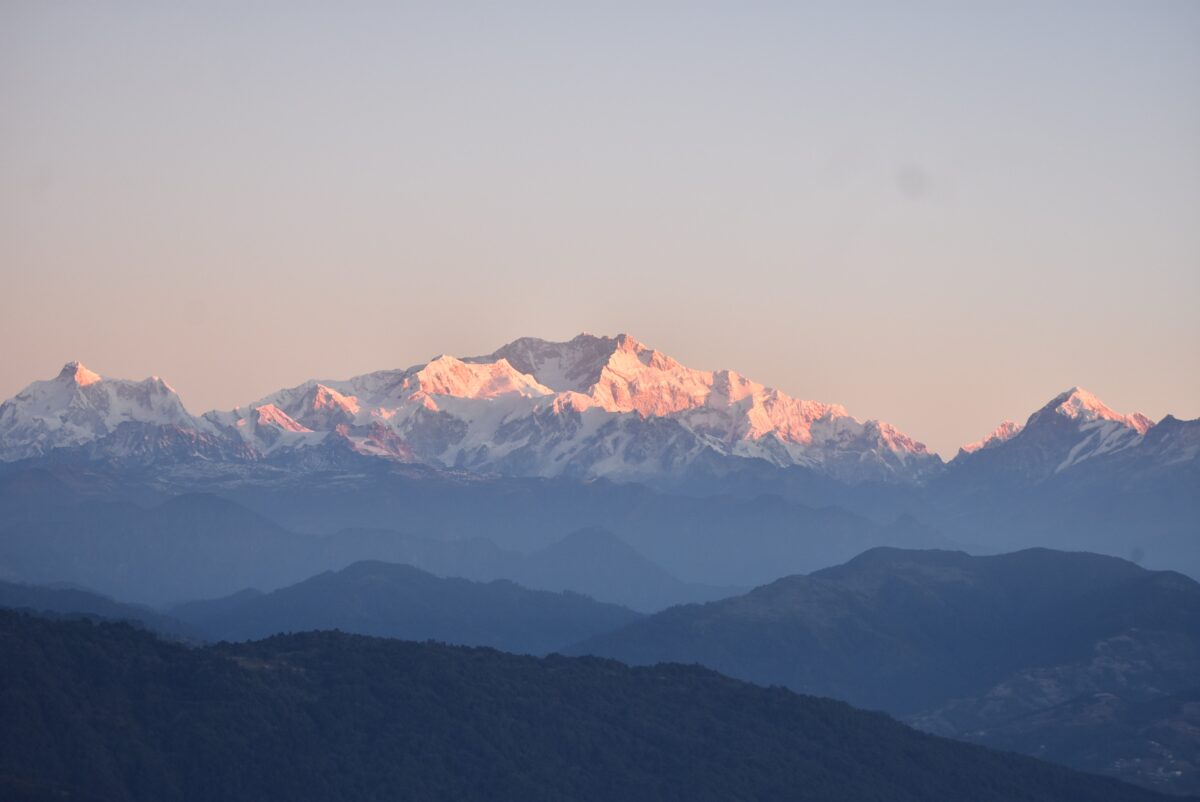If you are looking for a thrilling and rewarding experience in the mountains, you might want to consider trekking in the Alps. The Alps are a vast range of peaks and valleys that span across eight countries in Europe, offering endless possibilities for exploration and discovery. In this blog post, I will share with you some tips and advice on how to prepare for your alpine adventure, as well as a list of the top 10 essential things you need to carry along. Let’s get started!
Choosing the Destination and Time
First of all, you need to decide where and when you want to go. The Alps have hundreds of trails for all levels of difficulty and duration, from day hikes to multi-day treks. Some of the most popular and scenic routes are the Chamonix-Zermatt Haute Route, the Tour du Mont Blanc, the Via Alpina, and the Eiger to Matterhorn trek. You can also find more options on websites like Trekking Alps and Komoot, where you can browse by location, difficulty, distance, and elevation.
Best Time to Trek
The best time to go trekking in the Alps depends on your preferences and abilities. Generally, the summer months (June to September) are the most popular and crowded, as the weather is warmer and drier, and most of the trails are accessible. However, you can also enjoy the Alps in spring (April to May) and autumn (October to November), when the crowds are thinner, and the scenery is more colourful. Winter (December to March) is not recommended for trekking unless you are an experienced mountaineer with proper equipment and skills.

Planning Your Itinerary
Once you have chosen your destination and dates, you need to plan your itinerary and book your accommodation. Depending on the trail, you might have different options for where to stay overnight, such as hotels, guesthouses, mountain huts, or campsites. You should always check the availability and prices of these places in advance, as they can fill up quickly or close during certain seasons. You should also make sure that you have a detailed map and guidebook of the area, or a reliable GPS device or app, to help you navigate the terrain.
Packing Essentials
Now that you have your trip planned, it’s time to pack your backpack. This is one of the most important steps for a successful trekking experience, as you want to make sure that you have everything you need without carrying too much weight. Here is a list of the top 10 essential things you need to carry along:
- A sturdy and comfortable backpack that fits your body and has enough space for your gear.
- A lightweight and warm sleeping bag that suits the temperature and altitude of your destination.
- A durable and waterproof tent that can withstand wind and rain, if you plan to camp.
- A good pair of hiking boots that are broken in and have good grip and support.
- A set of breathable and quick-drying clothing that can be layered according to the weather conditions. Don’t forget a hat, gloves, scarf, sunglasses, and sunscreen for protection.
- A quality rain jacket and pants that can keep you dry in case of showers or storms.
- A first aid kit that contains basic items like bandages, antiseptic wipes, painkillers, blister plasters, etc.
- A water bottle or bladder that can hold at least 2 liters of water, and a water filter or purification tablets if you plan to refill from natural sources.
- A portable stove or cooker that can heat up water or food, and enough fuel for your trip. You should also bring some nutritious and high-energy snacks like nuts, dried fruits, chocolate, granola bars, etc.
- A headlamp or flashlight that can illuminate your way in the dark or in case of emergency.
Of course, this is not an exhaustive list, and you might want to add or remove some items depending on your personal preferences and needs. However, these are some of the most essential things that will make your trekking in the Alps more enjoyable and safe.
I hope this blog post has inspired you to plan your next alpine adventure. Trekking in the Alps is a wonderful way to connect with nature, challenge yourself, and discover new places and cultures. If you follow these tips and advice, I’m sure you will have an unforgettable experience. Happy trails!

